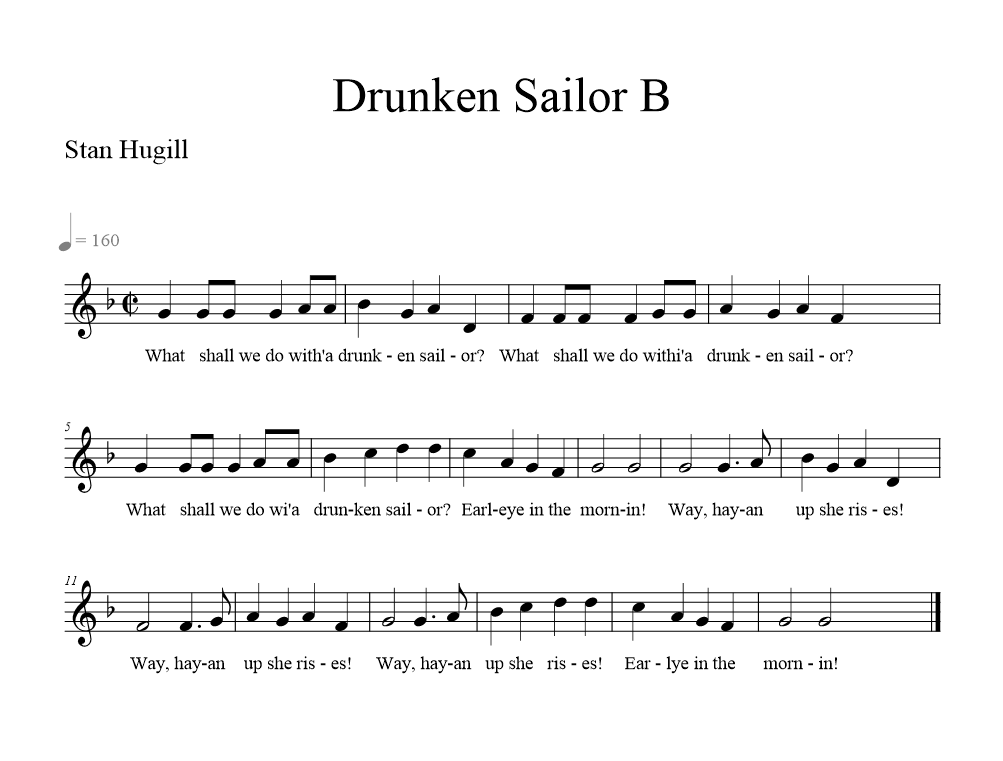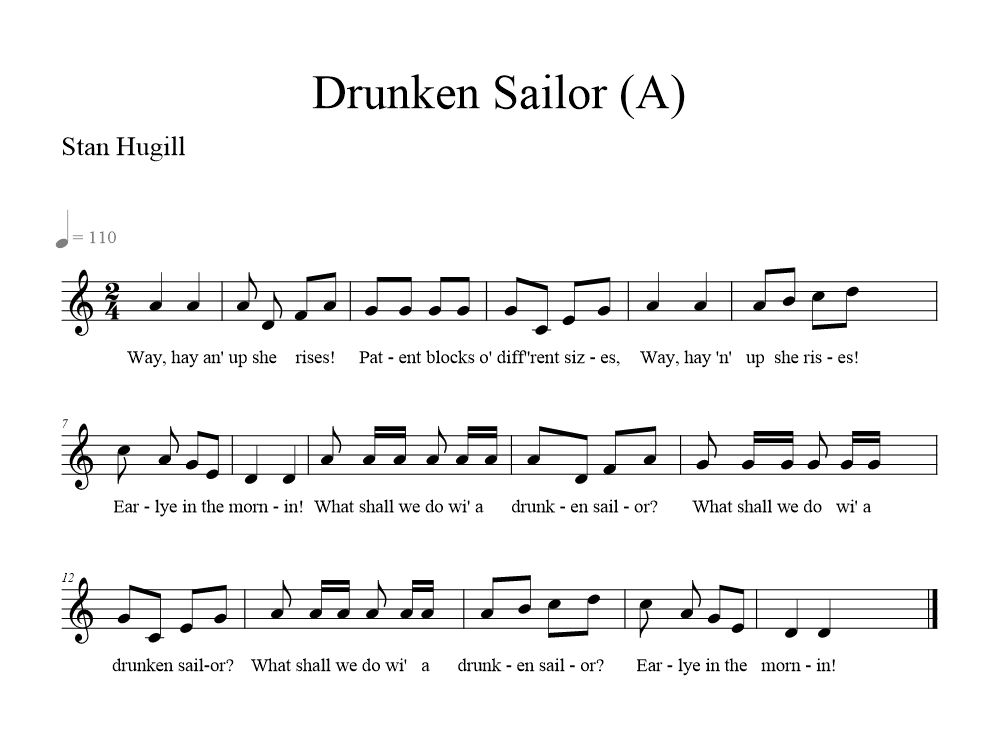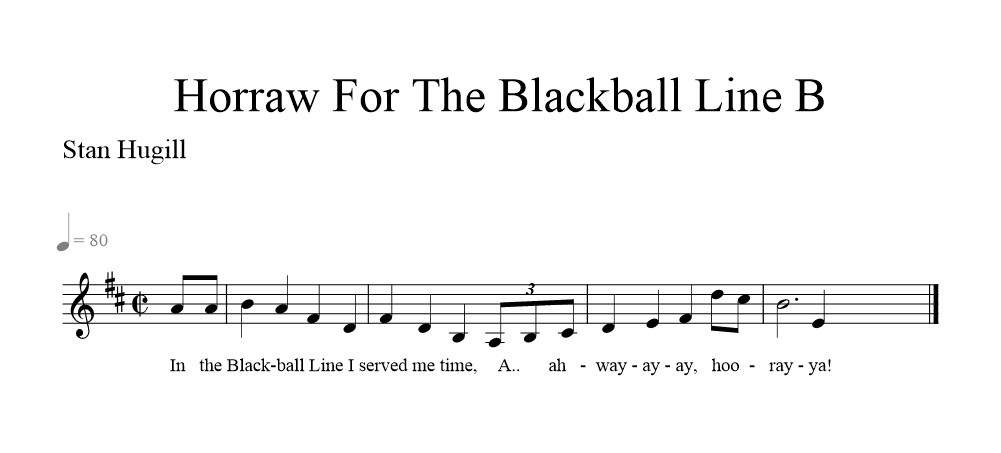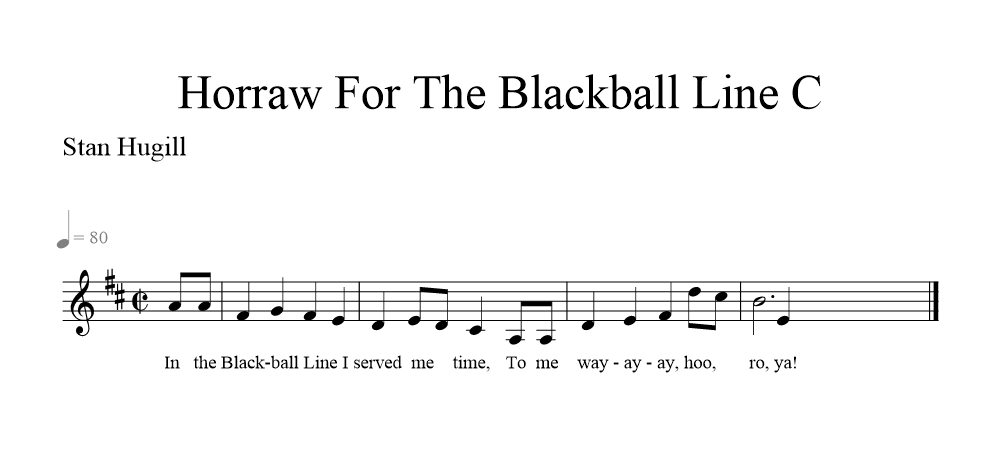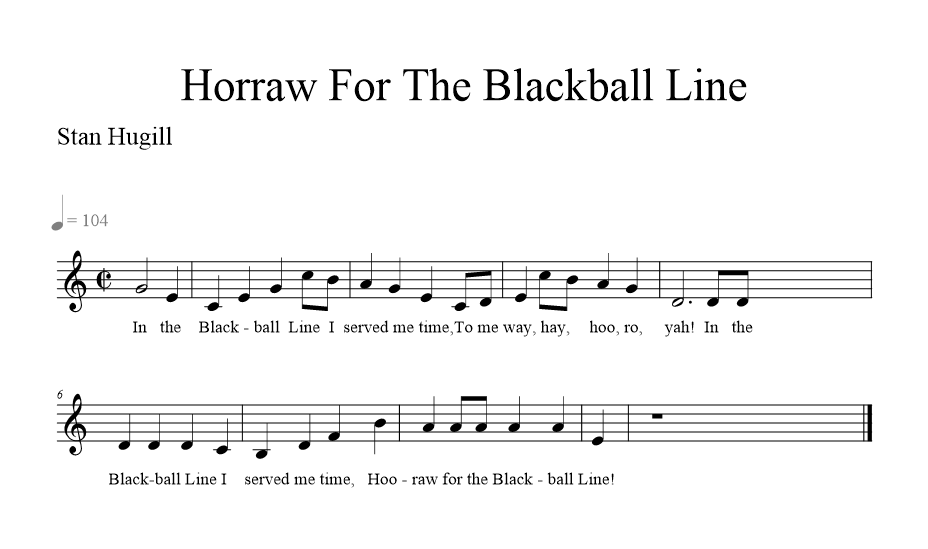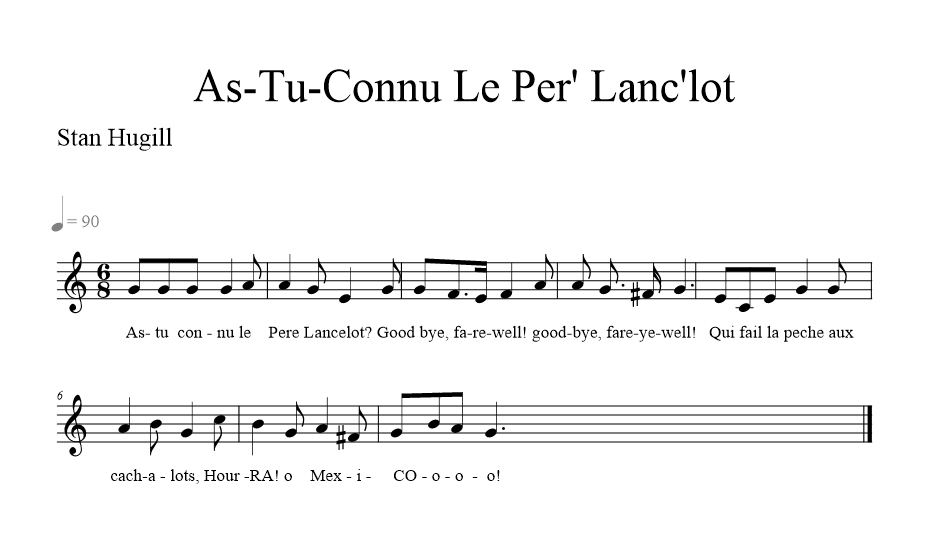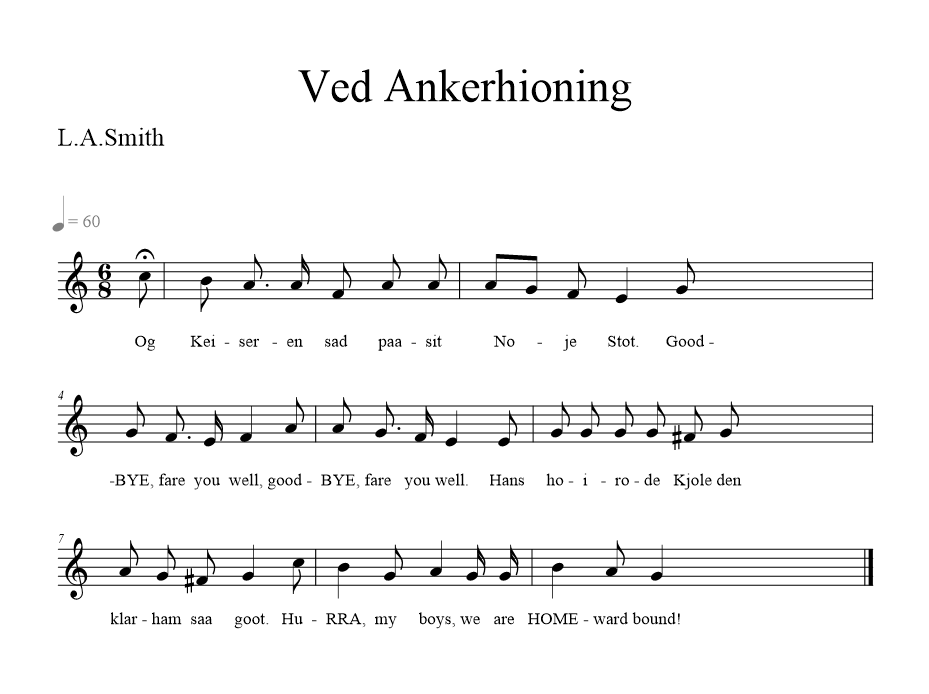Interesting Facts about the Hourra Mes Boués Hourra!
Two french “Hourra” shanty include Hourra Mes Boués Hourra! give us Stan Hugill this one “Hourra, Mes Boues, Hurra!”, can be found in several french collections, Hayet, Bernard Roy, etc…, but Stan Hugill seems to favor Captain Hayet, and decided to give credit for saving this fantastic shanty from oblivion. Jean Loro, one of his friends of Stan Hugill teaches him to sing the second refrain often sung as: “Hourra, mes boues, hourra!”. This is a hauling shanty (chanson a hisser).
The song will be reconstructed by myself as the halyard shanty.
The source of this sea shanty
In comparing to the original text from Captain Hayet’s “Chansons De Bord”(1934), Stan Hugill gives nine verses instead of the original eleven, also the melody is a little bit different, but of course keeps the same dynamics. Due to the involvement of Jean Loro, I decided to reconstruct Stan Hugill’s melody and version, to keep the uniqueness of the song which seems to be known from the personal experience of Stan Hugill.
The music: “Shanties from the Seven Seas” by Stan Hugill (1st ed p 137).
The lyrics: “Shanties from the Seven Seas” by Stan Hugill (1st ed p 137).
The Record of the Hourra Mes Boués Hourra!
You also can find this record on my YouTube channel here or directly listen below. Additionally, if you want to share your opinion about the record or share your opinion you can do it in my Facebook forum here, or leave a comment at the bottom of this blog article.
The musical notation
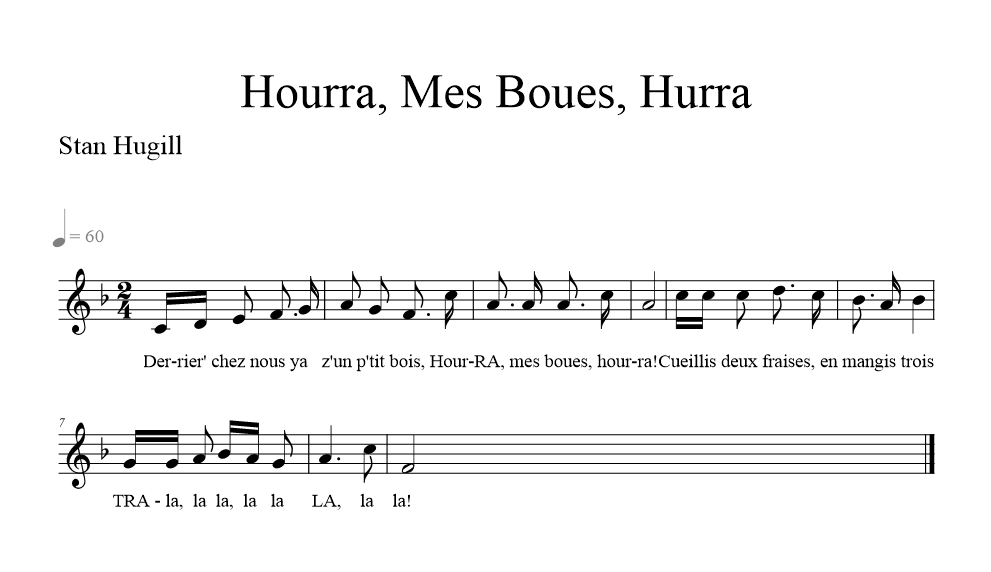
The full lyrics
Hourra, Mes Boués, Hourra!
Derrière chez nous y’a un petit bois
– Hour-RA, mes boues, hour–RA!
Cueillis deux fraises, en mangis trois
– TRA la, la la, la la LA, la la!
* 2 *
Avec une fillett’ de quinze ans.
Sa mere arrive au meme instant,
* 3 *
Que faites-vous a mon enfant?
J’suis en train d’ lui compter les dents.
* 4 *
Il lui en manqu’ une sur le d’vant
Il lui en manqu’ une sur le d’vant
* 5 *
Que je lui pose bellement.
Que je lui pose bellement
* 6 *
Il m’en manqu’une egalement!
Il m’en manqu’une egalement!
* 7 *
Donnez-moi z’en, marin galant.
Donnez-moi z’en, marin galant
* 8 *
J’les pose qu’a cells de quinze ans.
J’les pose qu’a cells de quinze ans
* 9 *
Le vieilles pour le commandant!
Le vieilles pour le commandant!

